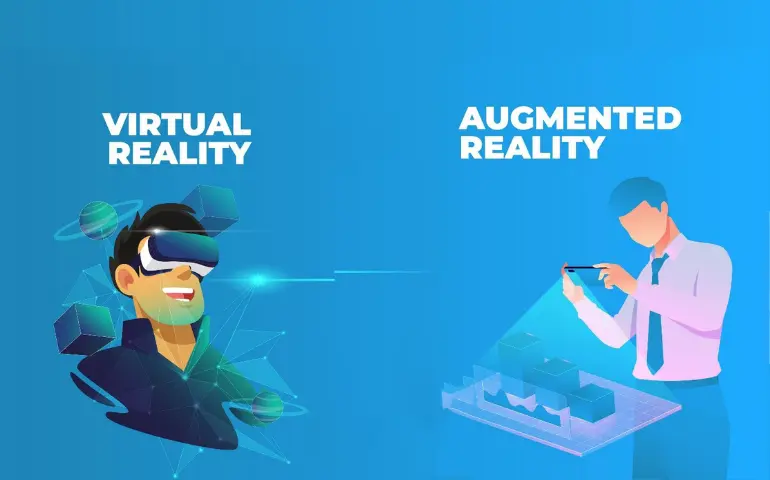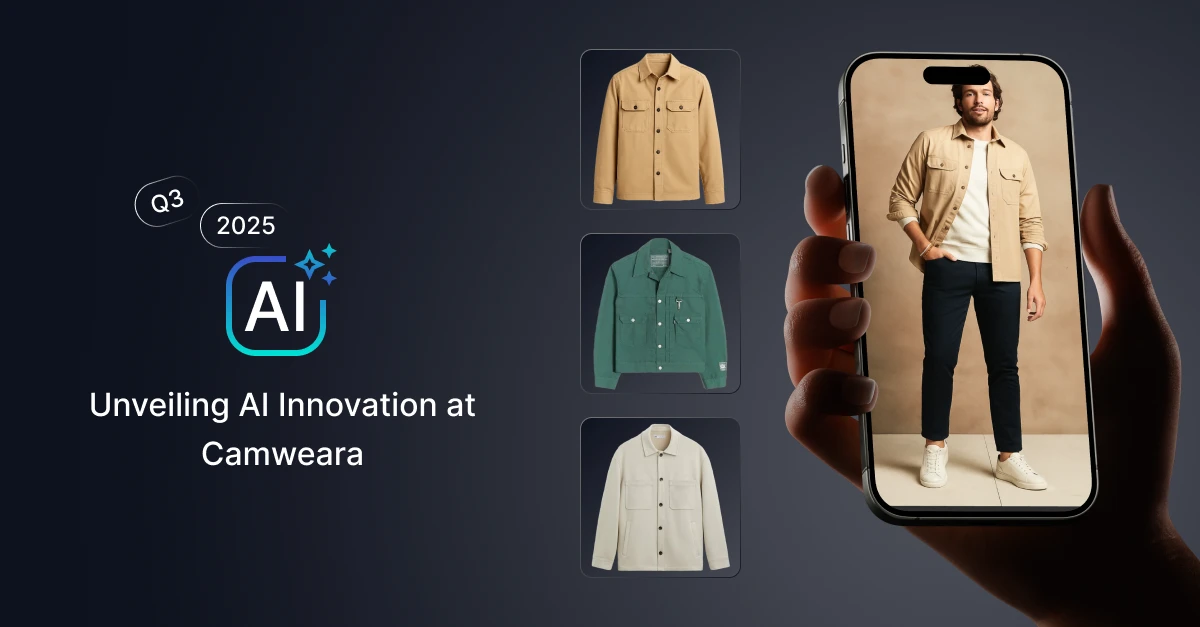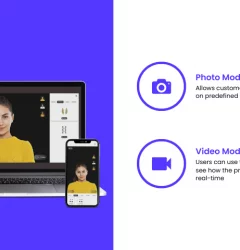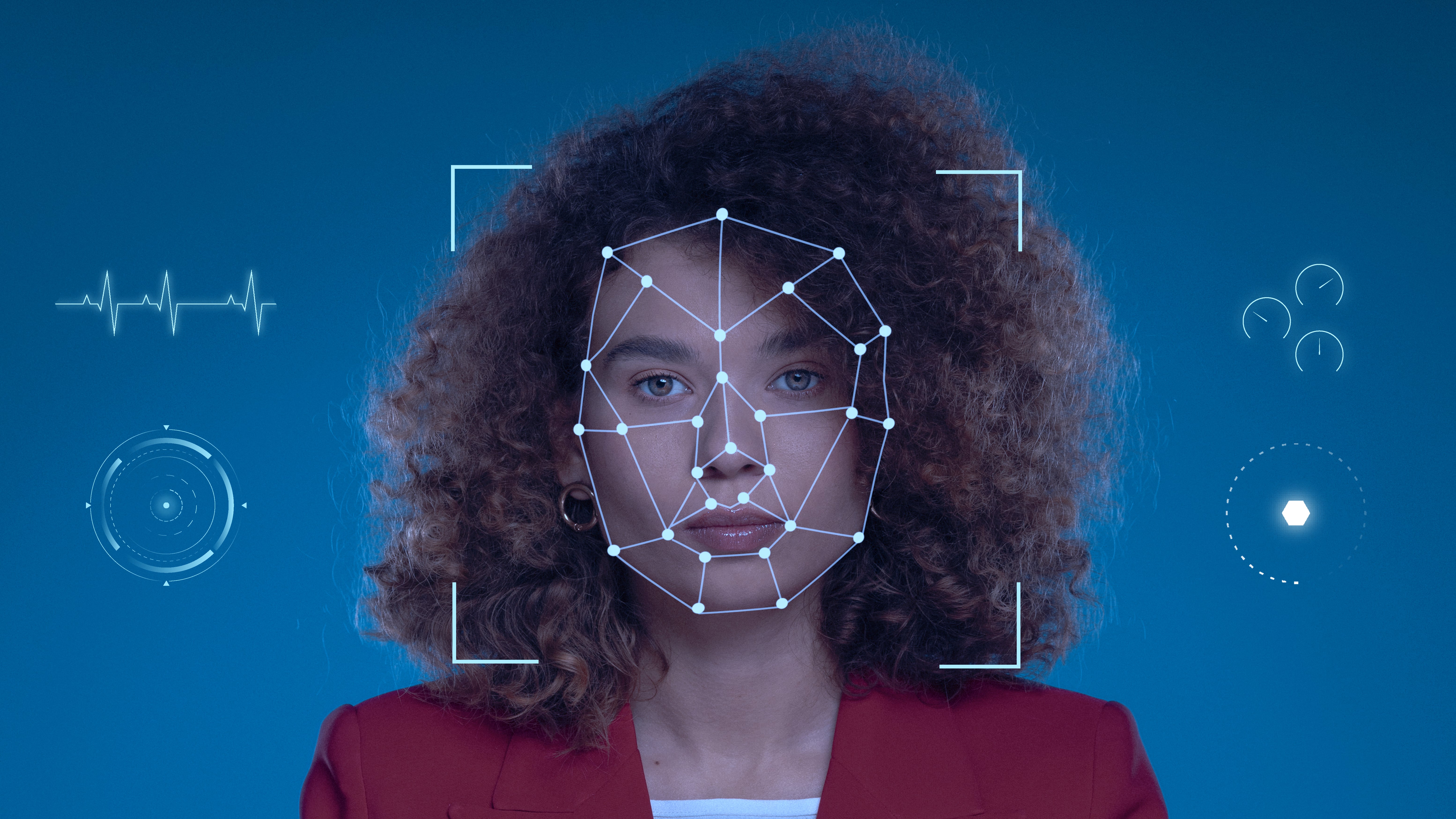17 May

We’re all familiar with online shopping. But as technology advances, we’re seeing new ways to shop that are even more convenient and immersive. Two of the most popular new shopping technologies are augmented reality (AR) and virtual reality (VR). But which one is best for online stores?
AR and VR are both great technologies that can offer a unique and immersive shopping experience. However, they both have their own strengths and weaknesses. AR is better for stores that want to offer a more realistic and interactive shopping experience. VR is better for stores that want to offer a more immersive and realistic shopping experience. Ultimately, it’s up to the store to decide which technology is best for their business.
Augmented Reality Use Cases
1. Virtual Try on
Virtual try on are using in online stores to improve the customer experiences and this technology lets users wear the products like Eyewear, watches, bracelets and other jewelry accessories and even cosmetics by creating their virtual avatar or by adding them virtually to your real time face. By this, customers can visualize how products will look on them before making a purchase. This reduces uncertainty and boosts customer satisfaction
2. Virtual Styling and Fashion Advice
AR applications can assist customers with fashion choices by offering personalized styling suggestions and recommendations. By analyzing customer preferences and body measurements, AR apps can provide virtual outfit suggestions or even create digital avatars that try on different clothing combinations. This helps customers discover new styles, enhances the personalization of shopping experiences, and encourages increased sales.
3. Interactive Marketing Campaigns
Brands can leverage AR to create interactive marketing campaigns that bridge the gap between physical and digital spaces. For example, AR-enabled advertisements or billboards can prompt users to scan or interact with them to unlock exclusive offers, games, or experiences, fostering brand engagement and driving foot traffic to stores.
Virtual Reality Use Cases
1. Virtual Tours
Retailers can offer virtual tours of their stores or facilities to customers who may not be able to visit in person. This is especially beneficial for international customers or those with mobility limitations. Virtual tours provide an engaging experience, allowing customers to explore the store, view products, and even interact with virtual assistants or sales associates.
2. VR Interactive Product Demonstrations
VR can be employed to create interactive product demonstrations or simulations. For instance, retailers can use VR to showcase the features and functionalities of complex electronic devices or appliances. Customers can virtually operate and interact with the product, gaining a deeper understanding of its capabilities before making a purchase.
3. Store Design and Layout Planning
VR can assist retailers in designing and planning their store layouts more effectively. By creating virtual representations of physical spaces, retailers can experiment with different layouts, shelving arrangements, and product placements. This helps optimize the customer flow, enhance product visibility, and improve overall store design before making physical changes
If you are looking to increase your sales using accurate, fast & scalable virtual try on, please book a meeting below for a Camweara demo. We have been helping 100+ global brands in jewelry, eyewear & watches space.
Recent Posts
- Why Eyewear Brands Choose Camweara Over Traditional Virtual Try-On Tools
- Q3 Innovations at Camweara: Pushing the Boundaries of Virtual Try-On
- Instant Background Removal: A Game-Changer on the Camweara Dashboard
- How to Choose the Best Virtual Try-On for Your E-Commerce Store
- Unveiling the Top 5 Innovations at Camweara in Q2 2025




